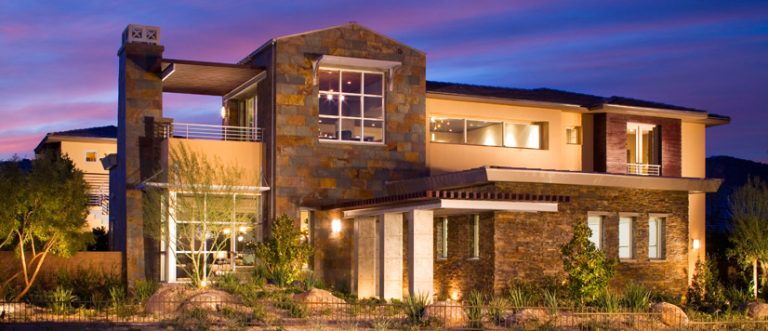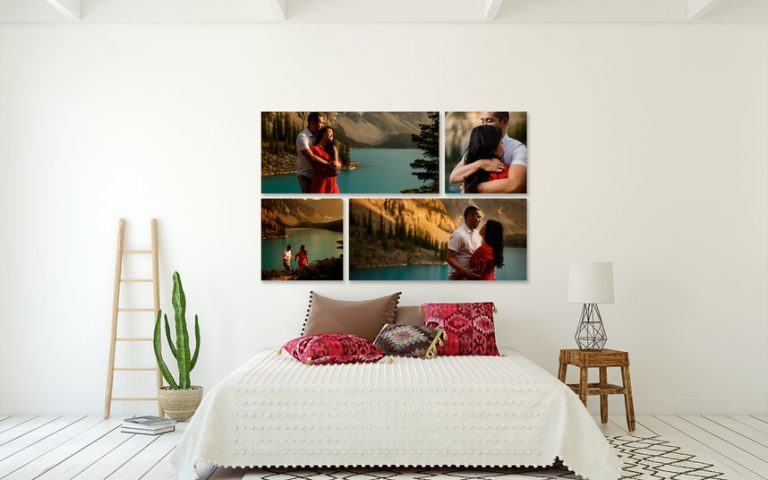
A roofing system containing metal particles, tiles, or panels is called a metal roof. A metal roof is a component of the roofing envelope that serves as the physical barrier that separates the inside and outside of a building. It is constructed to resist sound, heat, water, and air. A building’s roof is integral to its overall aesthetic appearance and provides structural support. Through this article, you will learn all about Custom Metal Roofing.
Types of metal roofing
- Standing seam– Hidden fasteners join standing seam metal roofing panels together. At first, clips held the panel to the roofing substructure by engaging with the vertical legs. As board choices have developed, be that as it may, it is customary to see clipless boards remembered for this item family.
- Exposed fastener-Exposed fastener panels by McElroy Metal offer immense versatility because of the wide range of panels. The panels are not just utilized for exterior applications.
- Metal shingles- Stone-coated shingles, for instance, are an excellent option for people who like the look of asphalt shingles but want them to last much longer. Ceramic tiles have also been popular but are cumbersome and prone to breaking. The appearance of new systems is similar to that of ceramic, but they last much longer.
Why choose metal roofing?
When choosing a metal roof, homeowners should consider several significant benefits, including a longer lifespan, improved energy efficiency, and a lower environmental impact.
A typical asphalt roof typically has a higher initial cost; However, its extended lifespan more than makes up for that expense. Metal roofs can last between 40 and 60 years, which saves money in the long run and eliminates the hassle of replacing them. In addition to its durability, metal roofing typically incorporates a reflective solar coating to reduce heat buildup and the cost of air conditioning.
Benefits of metal roofing
- A cool metal roof with high thermal and solar reflectance would have a lower surface temperature than a roof with low reflectance and low emittance. Because the surface temperature of a cool metal roof is lower, less heat enters the attic or living area below the roof. The result is a more relaxed living space that uses less energy to heat and cool.
- Research has demonstrated that the material used to build a roof does not affect the likelihood of lightning strikes. We’ll talk about a few more things that could affect the likelihood of a lightning strike: However, in the event of a lightning strike, the presence of a metal roof may be advantageous.
- The probability of a lightning strike and the effect of a lightning strike are the two aspects of lightning that should be taken into consideration.






